order
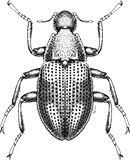
Coleoptera
“Adult Beetles”

Coleoptera
“Larval Beetles”

Diptera
“True Flies”

Ephemeroptera
“Mayflies”
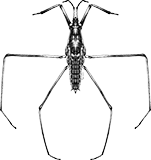
Hemiptera
“True Bugs”

Lepidoptera
“Aquatic Caterpillars, Snout Moths”

Megaloptera
“Alderflies, Dobsonflies, and Fishflies”
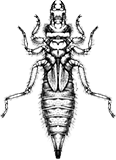
Odonata
“Dragonflies and Damselflies”
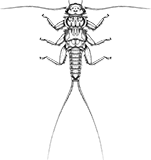
Plecoptera
“Stoneflies”
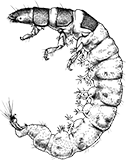
Trichoptera
“Caddisflies”
family
Ephemeridae
“Burrowing Mayflies”
Genus Overview
There are at least 7 species of this genus in North America, of which Hexagenia limbata is the most widespread and most famous among fly fishers, who eagerly anticipate a large "Hex hatch" of subimagoes ("duns") in lotic-depositional stretches of rivers and lakes with the appropriate marl substrate. The consistency of the sand-silt marl must be loose enough for larvae to burrow but dense enough for the walls of the burrow not to collapse. Undulation of a larva's body and the feathery gills on its back moves oxygenated water and fine particles of food through the U-shaped burrow. The food is gathered from the sides of the burrow or filtered from the water.
Characteristics
POLLUTION TOLERANCE
Southeast: 4.7 and higher
Upper Midwest: 6 and higher
Midwest: 3.1 and higher
Mid-Atlantic: 6 and higher
0 = least tolerant, 10 = most tolerant
FEEDING HABITS
Collector / Filterer
Collector / Gatherer
Collector / Gatherer
MOVEMENT
Burrower
DISTRIBUTION
Widespread (east of the Rocky Mtns.)
HABITAT
Lentic-littoral
Lotic-depositional
Lotic-depositional
Diagnostic Characters
order
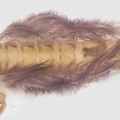
Abdominal Gills
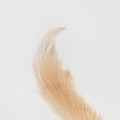
Single Tarsal Claw
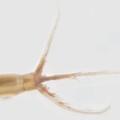
Usually 3 Tails
family
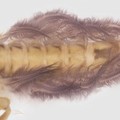
Fluffy Abdominal Gills
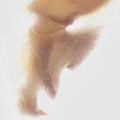
Fossorial Foretibiae
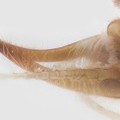
Large Tusks
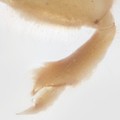
Pointed Hind Tibiae
+ Expanded Character List
Order:
Wings developing in wing pads. Mouthparts suitable for chewing. Gills present on tops and sides of abdomen. Segmented legs present. One tarsal claw per leg. Usually with 3 tails (sometimes 2).
Family:
Large tusks project forward anteriorly from the face and are visible dorsally, when viewed laterally they curve upward. Foretibiae are fossorial (modified for burrowing: expanded or with tubercles). Ventral apex of each hind tibia acutely pointed. Abdominal gills on segments 2–7 are conspicuous dorsally, forked and elongate-lancolate, with fringed margins, giving the animal a fluffy appearance.
Genus:
Frontal process of head rounded or truncate, never forked or pointed. Most antennal segments with whorls of setae, much longer than an antennal segment. Abdominal segment 1 with pair of small, forked, unfringed gills.
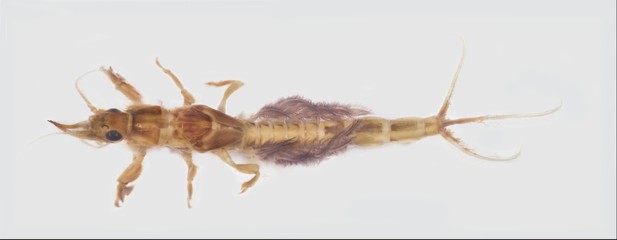
Dorsal



